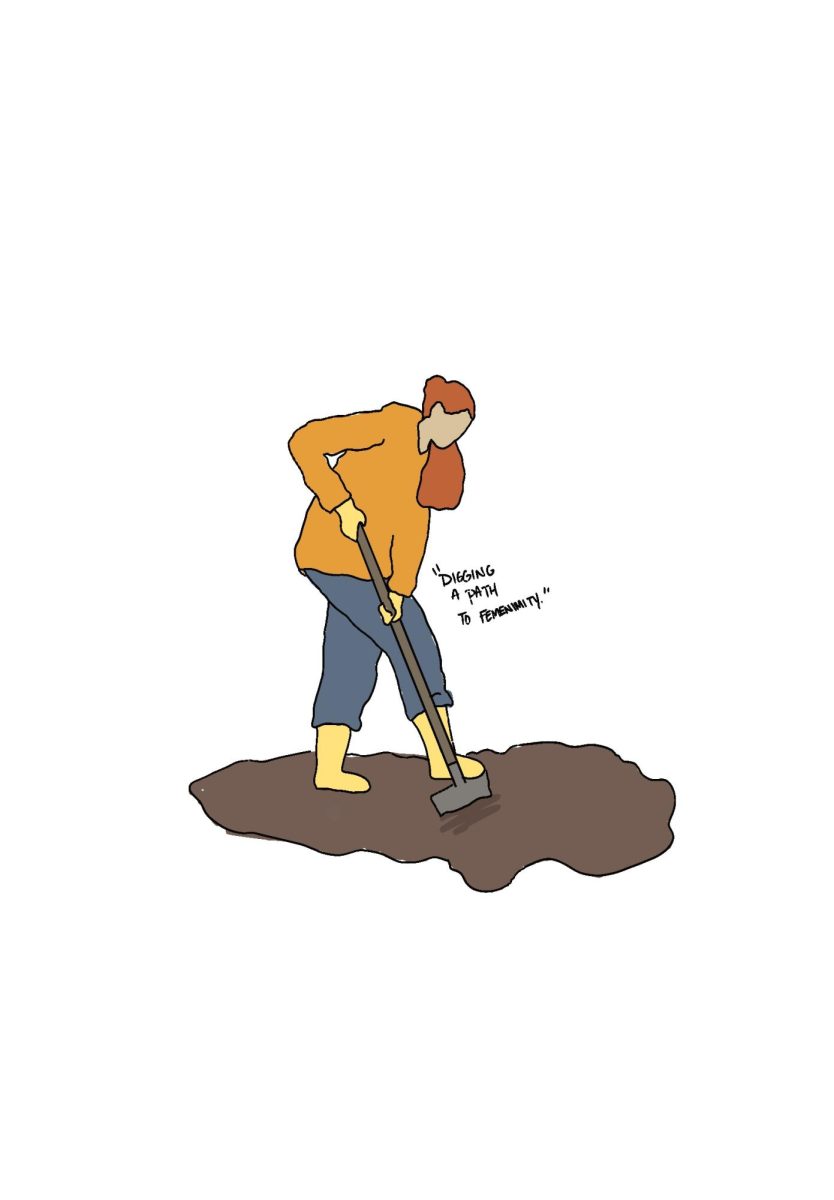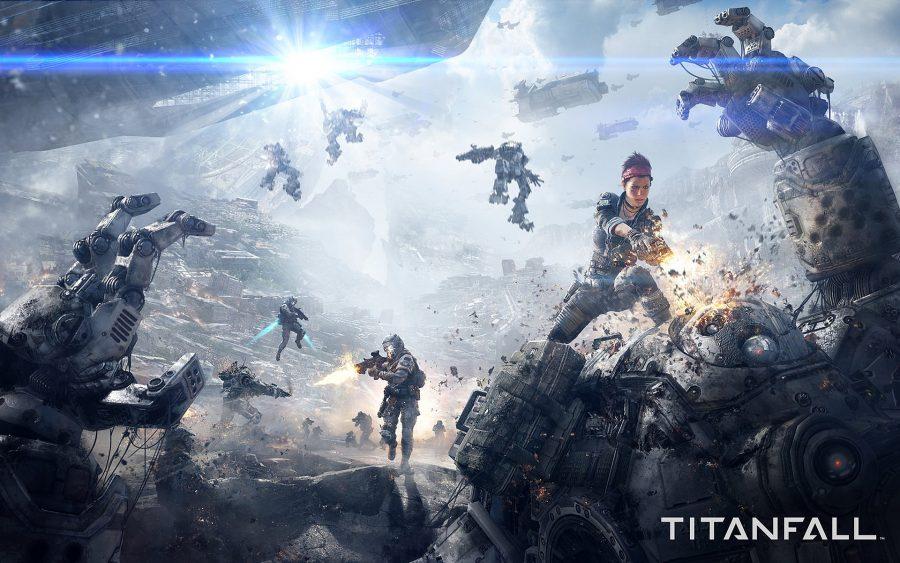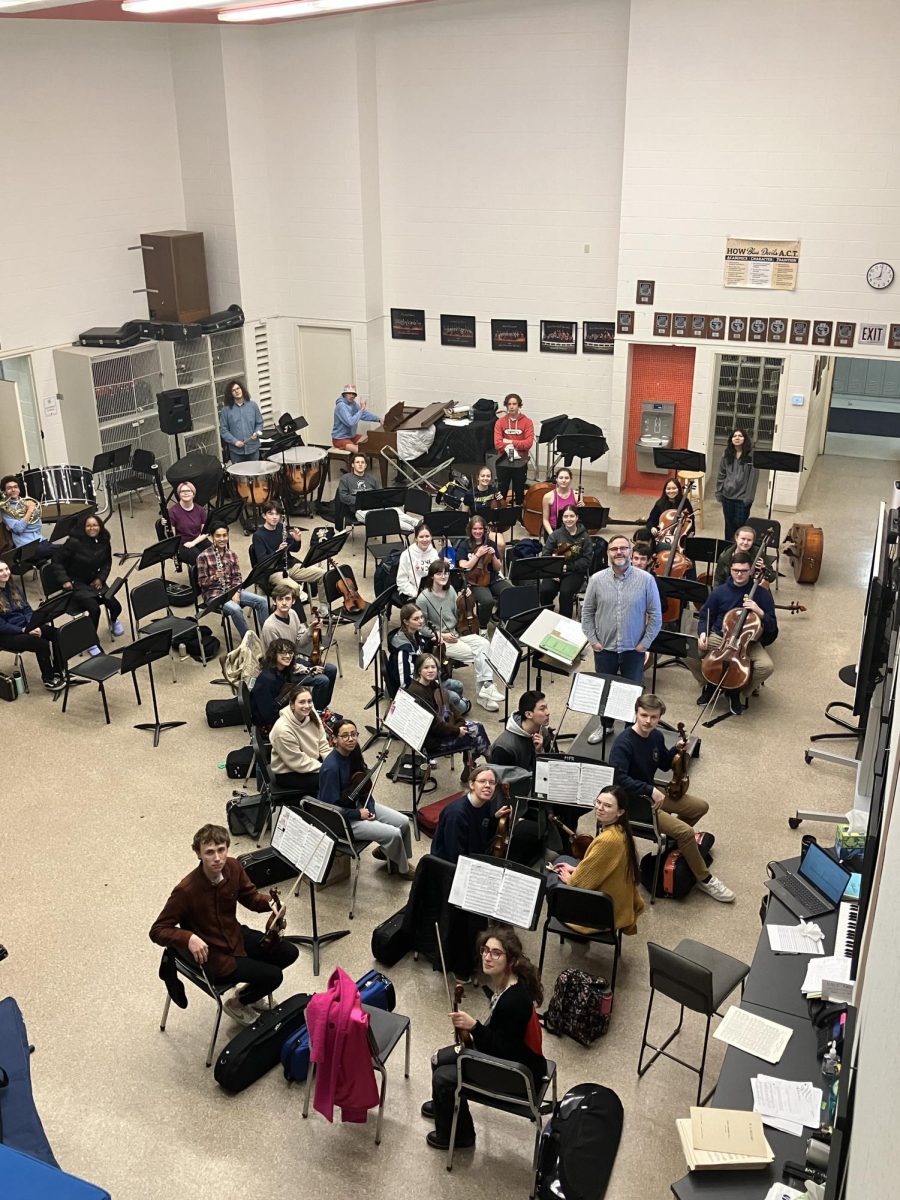By Isaac Piecuch ’14 | Staff Writer
Bullets from a DMR are whizzing past your head. The enemy pilot has the drop, and you’re close to death. Fortunately, your Titan has finally queued up; you hastily call it in, and the game announces, “Stand by for Titanfall.” You sprint towards the drop point, running along a wall until you finally reach your precious mech. You’re safe; at least for a moment.
Intense moments like these are common in Titanfall, the newest shooter from Respawn Entertainment. By combining an incredible sense of balance, thrilling movement, tight shooting, and (of course) giant mechanical warriors, Titanfall succeeds upping the ante in an increasingly stale first person shooter (FPS) genre.
This is the first game from Respawn Entertainment, a studio made up of many of the former leaders of Infinity Ward (makers of the phenomenon Call of Duty 4: Modern Warfare.) Their experience with the FPS genre is evident, as Titanfall exceeds the high watermark set by games like Call of Duty.
The shooting mechanics are as tight as you’d expect from a developer with a pedigree like Respawn’s. Aiming is fluid and responsive, and (aside from a few hiccups when things are hectic on-screen) the game runs at a smooth 60 frames per second. Shooting is a blast, and though there is a (comparatively) limited number of weapons, each gun feels unique and fun to use. Furthermore, every gun feels appropriate in different situations. The SMG excels in running-and-gunning close-quarter combat, while the Hemlock assault rifle packs a punch at range.
Where Titanfall truly shines, though, is in traversal. The game’s movement mechanics are nothing short of revolutionary. Thanks to the trusty jump pack (aka jetpack), players have a number of ways to traverse any map. They can double jump, wall-run, wall climb, and more. Sprinting is unlimited, and there is no fall damage. A vertical feel to every map is encouraged; rather than a flat plane with a few higher perches, every map flows in three dimensions. It is entirely possible to wall-run onto the top of a building before leaping onto an enemy Titan from above. Titanfall encourages such action.
These seemingly complex actions are as easy to pull off as they are exciting. Respawn wisely avoided using complex button combos to complete cool moves. There are no quick time events. To jump on the back of a titan, one must merely jump in the direction of the back of a Titan. To sprint, only one button press is needed. This intuitive structure makes sure you’re capable of doing the things you want to do, and encourages fun.
Titanfall’s biggest differentiation from its peers is the inclusion of weaponized mechs, the titular “Titans.” Titans are available to every pilot after a waiting period, which can be decreased by getting points in-game. The Titans are walking death-machines and feel appropriately powerful. Equipped with cannons, shields, and grenade launchers, Titans are intimidating foes to enemy pilots (enemy players). Titan vs. Titan battles are explosive boxing matches; think “Real Steel” but much cooler, with chainguns, and player-controlled.
Such powerful machines could have easily become overpowered, unfair killstreaks, but they’re not. One of Titanfall’s greatest achievements is its sense of balance. While Titans are strong, every pilot is equipped with an anti-Titan weapon, such as the “Archer” rocket launcher. Even better, Pilots can “rodeo” on the back of a Titan, where they breach shields and damage health directly. A Titan can go down in seconds if the player isn’t careful. This ensures that they don’t seem like unstoppable mechanical warriors. Titans can definitely kill pilots, but Pilots can also (with some skill and luck) kill Titans. There is a rock-paper-scissors aspect present in the game; every weapon, every loadout, can be countered by a different weapon or loadout. Nothing is invulnerable.
Furthermore, because everyone is getting their fair share of Titans, they don’t feel unfair. You might be frustrated if killed by a Titan, but the promise of receiving your own shortly ensures that the game doesn’t feel cheap.
Maps are large and open-ended, with environments tailored to Titanfall’s style of movement (expect to see a lot of random hanging walls). Action is constant on these large maps due to AI-controlled grunts and spectres. These weak enemies are essentially cannon fodder, but they reward pilots and shave time off your Titan countdown. This gives them purpose beyond just populating the maps.
Visually, Titanfall is a gorgeous game. Its 15 or so maps offer varied environments, and each is beautiful to look at. I find myself occasionally stepping aside from the action to admire the scenery, such as a sky crowded with battling starships. The textures are clear and the art style is vibrant; Titanfall is a visual powerhouse.
At launch, there are few modes to choose from, but this isn’t much of a problem. The modes that Titanfall does have are fun, and more aren’t needed. The only real complaint I have about the game is its lack of custom games. As a multiplayer-only shooter, its odd that Respawn wouldn’t include a way for friends to play against friends. Still, Respawn promises to add this feature in with the next patch.
Small complaints aside, Titanfall is an incredible multiplayer experience. The game takes multiplayer shooters to a whole new level, with tight combat, fluid movement, and stunning mechs coming together to make an incredible experience. As it did with Modern Warfare, Respawn reinvents the FPS genre. Do yourself a favor and hop into your nearest mech; Titanfall has arrived, and it demands your attention.
Grade: A.


















































































